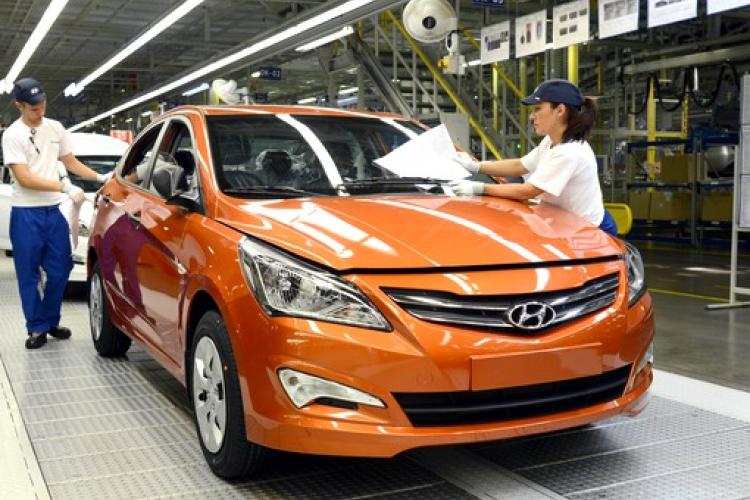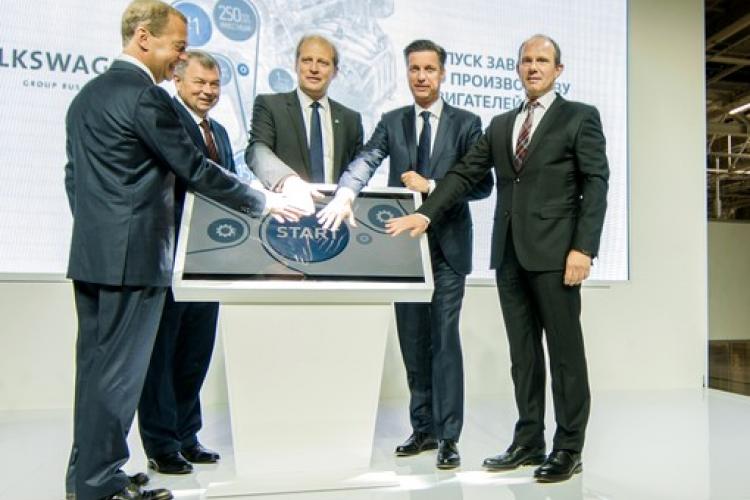
Grain production in Russia is profitable in all zones, Agriculture Minister Alexander Tkachev said at a roundtable in Moscow on November 9, 2016. Profit margins range from 10 percent to 100 percent, he said.
Minister Tkachev also said that according to the latest estimates, the clean weight grain harvest in Russia this year would be a record 117 million tons. The Minister said that “it is a monumental event in [the] country.” It is the first time in 38 years that this kind of harvest has been gathered.
Minister Tkachev said that the figure was reached thanks to the use of intensive technologies and modern equipment. “Through subsidies, the plants increased production by 30 to 40 percent, and farmers began to purchase equipment actively,” he said. He said that a harvest of 150 to 170 million tons of grain is not a threshold for Russia.
“In order to reach the goals we have set, we need to actively increase the use of fertilizers,” the Minister noted. He said that Russia produces around 20 million tons of fertilizers, but only 15 percent, or some 2.6 million tons, is used within the country. In comparison, China imports 50 million tons of fertilizers; India brings in 30 million; the United States gets 20 million; and Brazil takes in some 14 million tons.
“On average, we use 33 kilograms per hectare of arable land in active ingredients. China and Vietnam use 10 times more, around 360 kilograms per one hectare of arable land, while Germany and Poland utilize 200 kilograms. India and Brazil use 170 kilograms of fertilizers per hectare. The United States and Canada use 130 kilograms and 88 kilograms, respectively,” Minister Tkachev noted.












Leave a comment